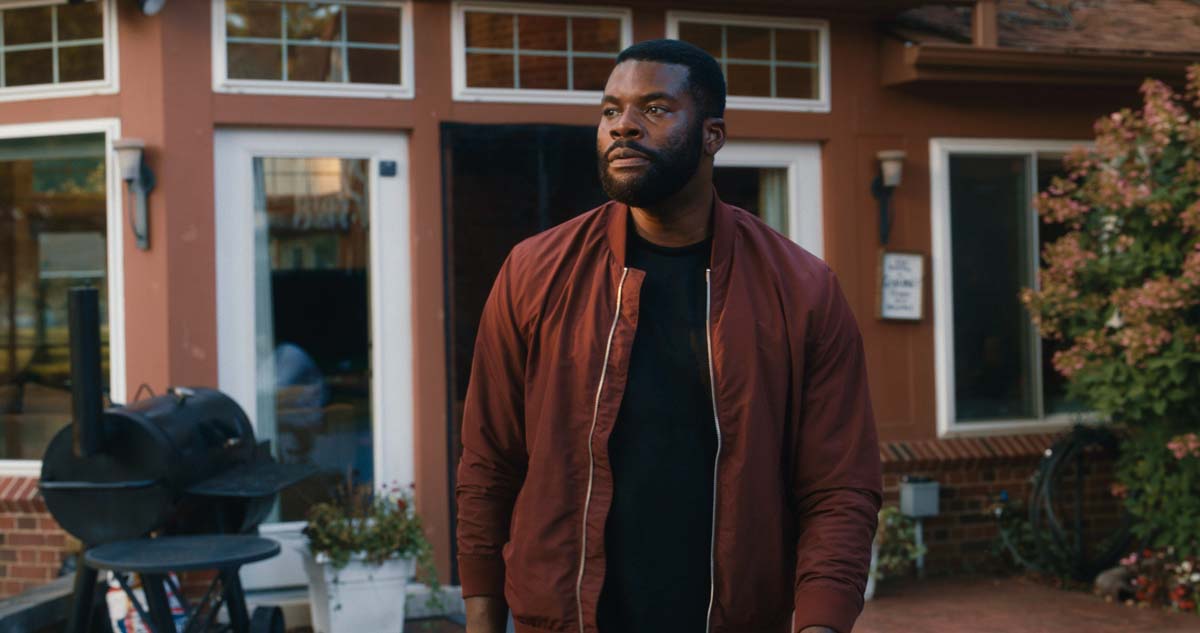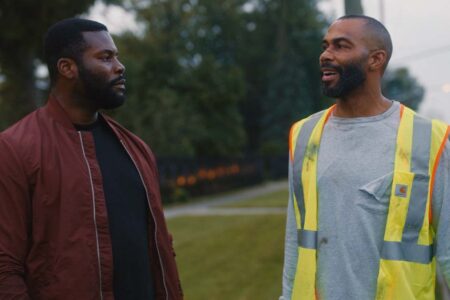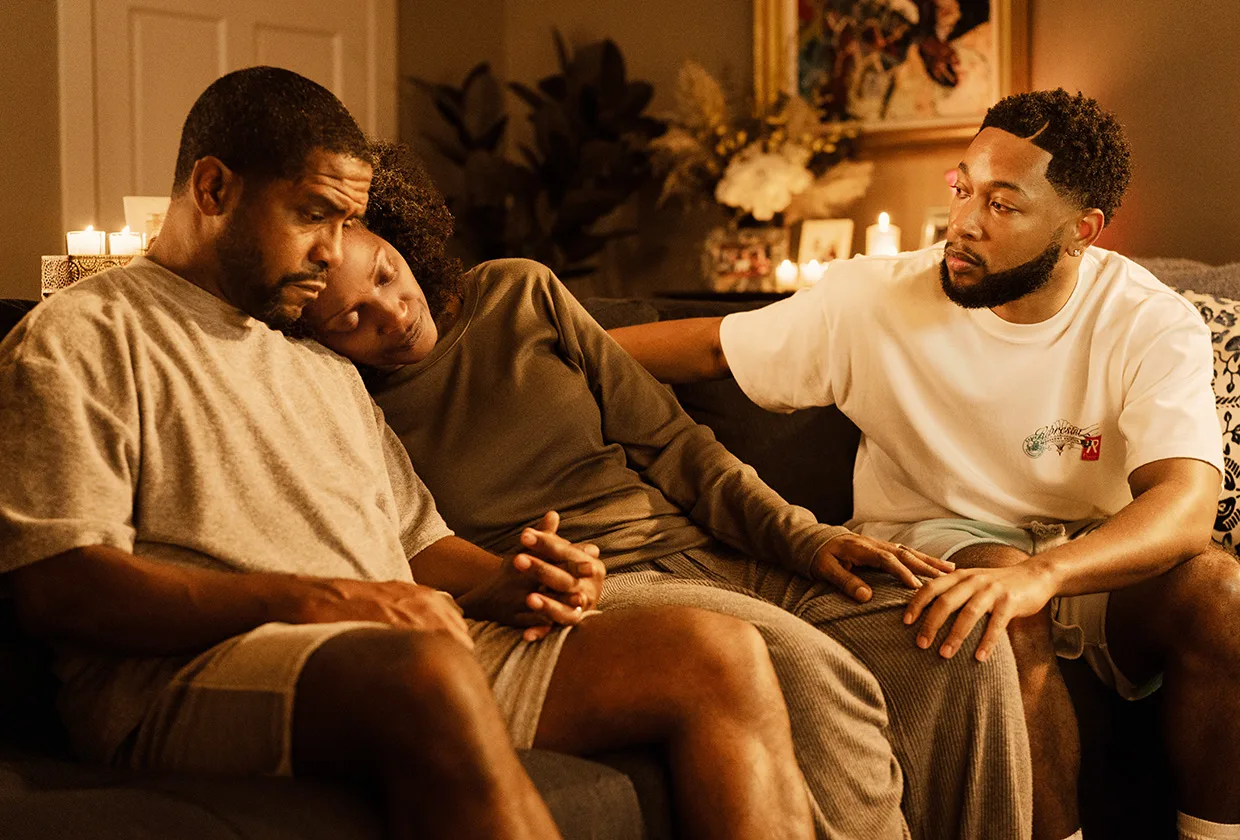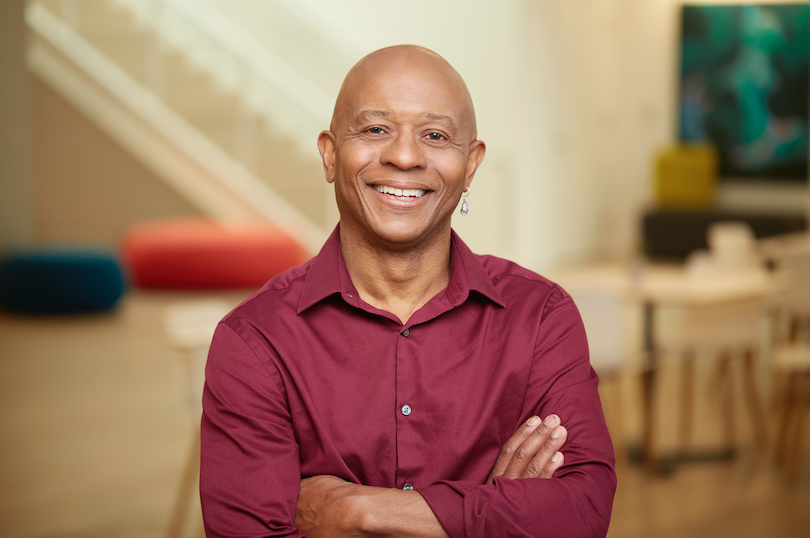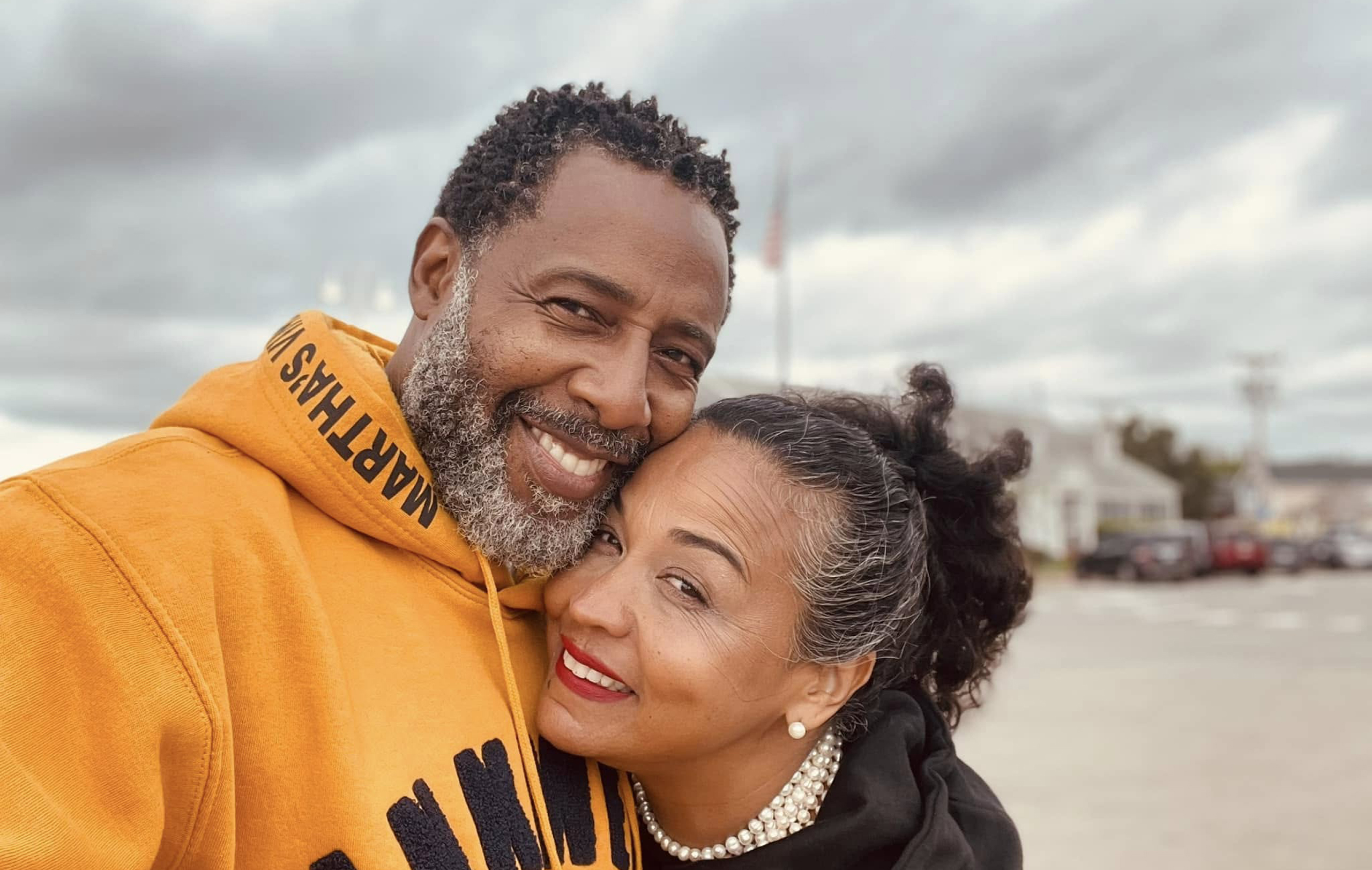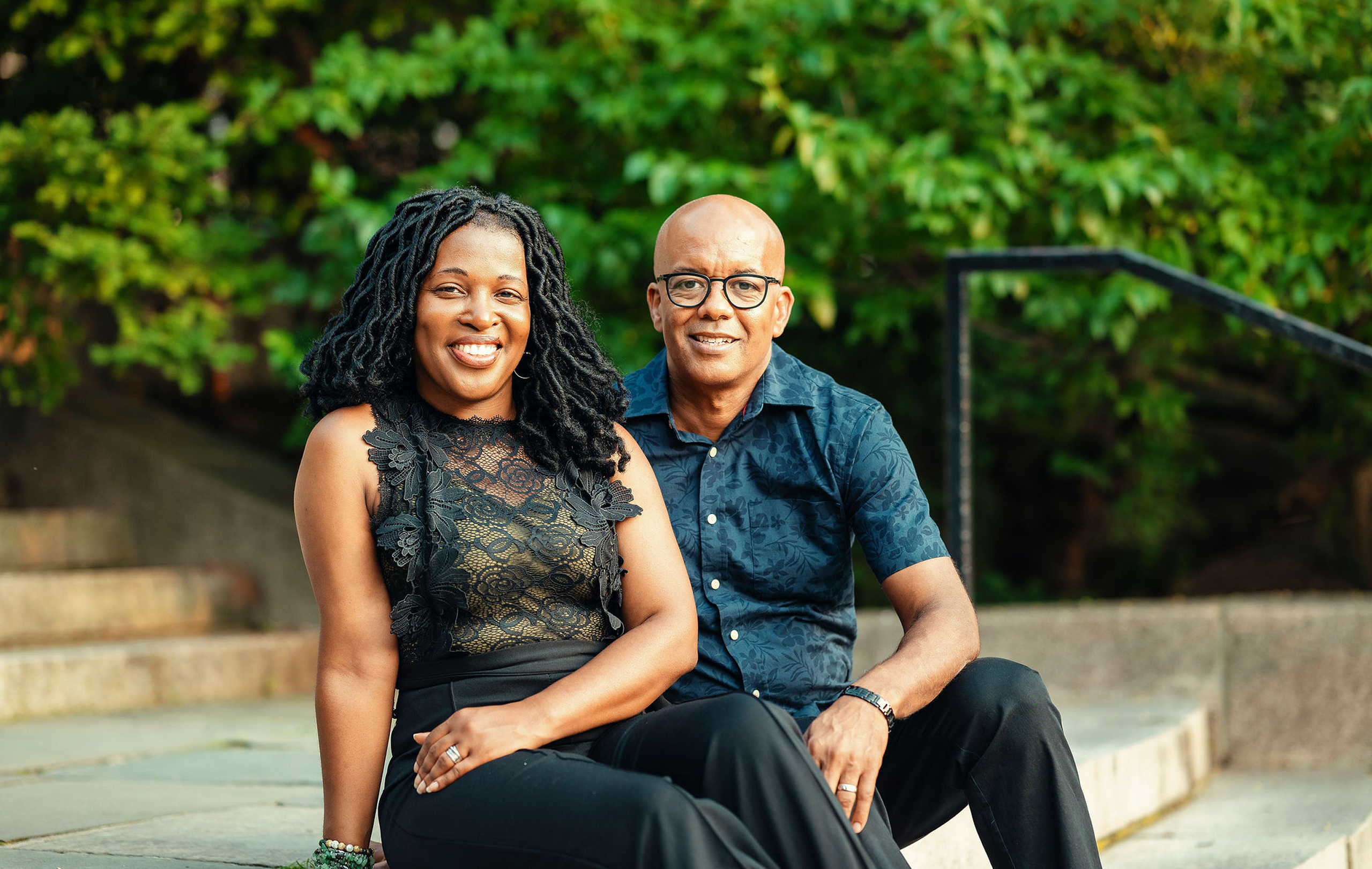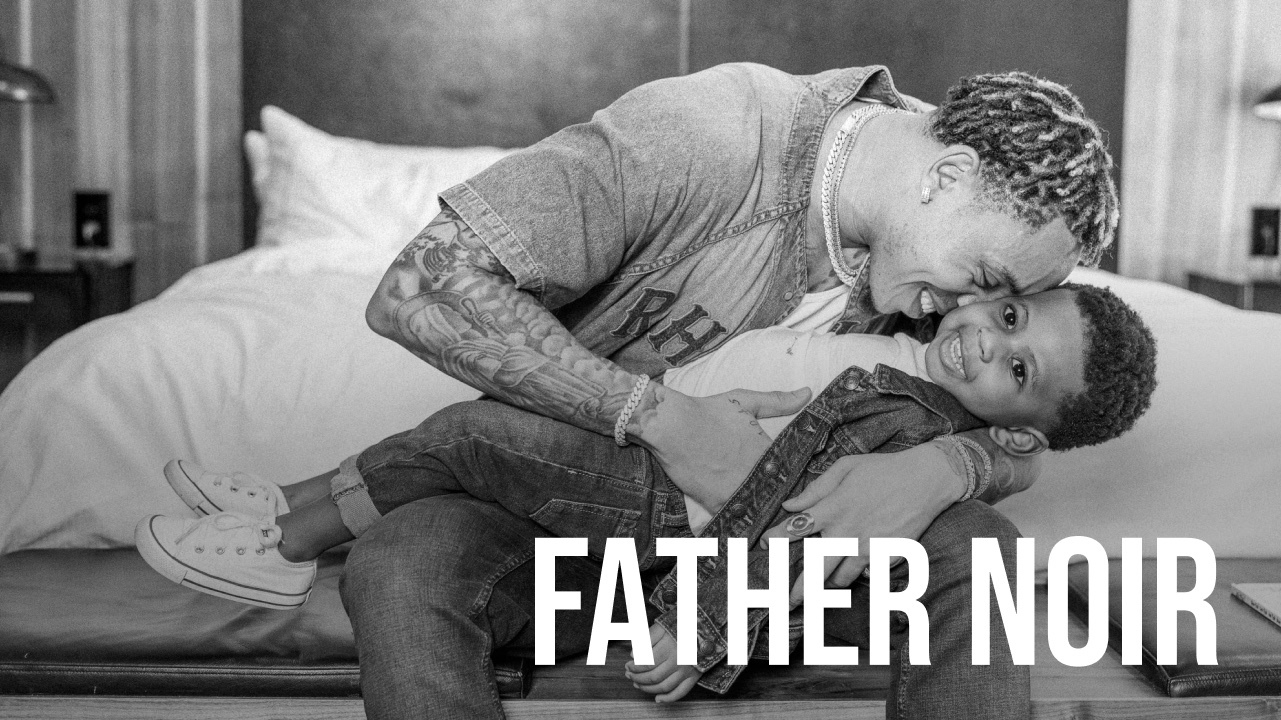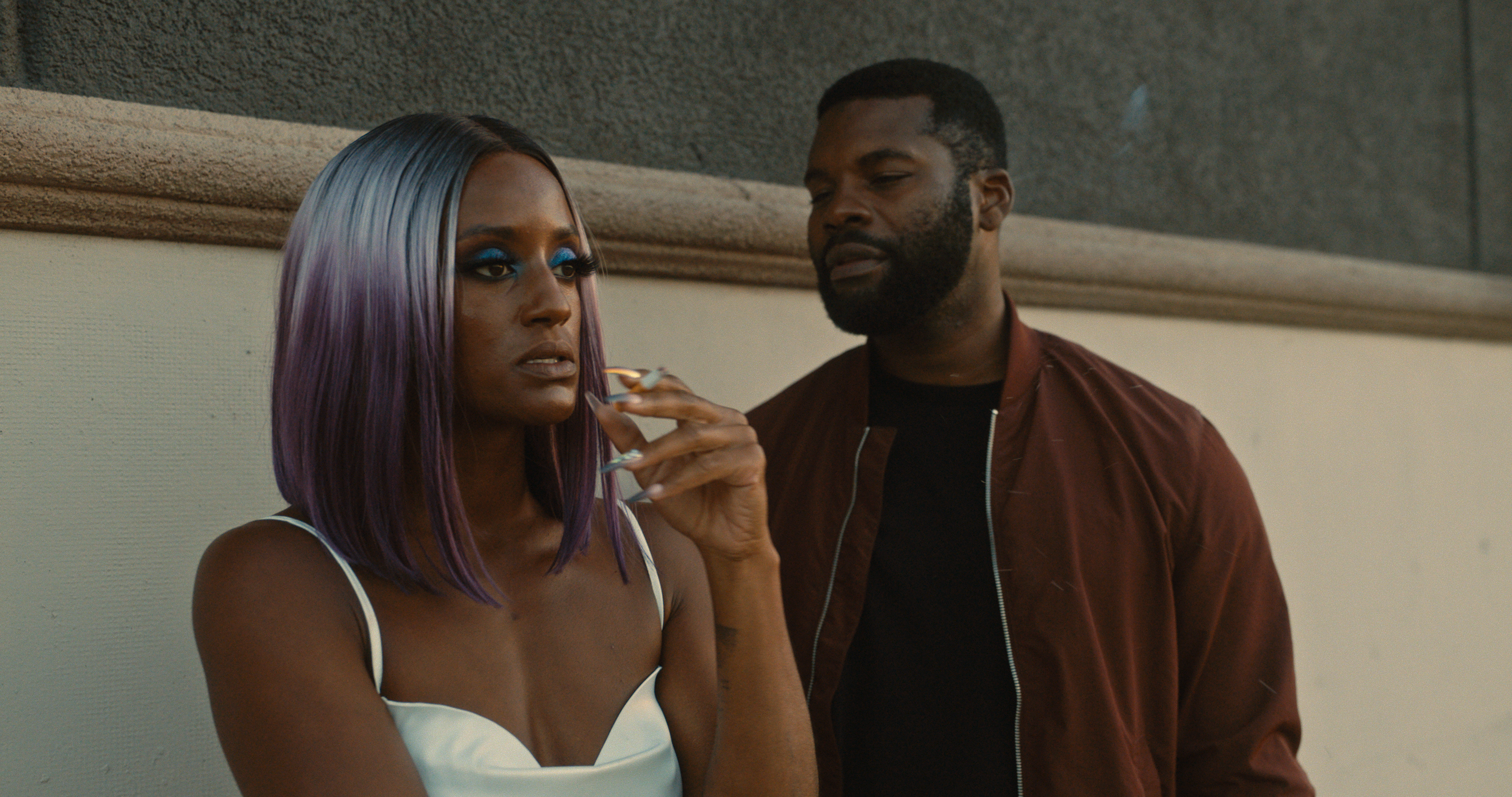
Still 2025-04-23 093832_11181
Qasim Basir’s To Live and Die and Live is not a film that offers easy answers. It doesn’t wrap its message in glossy portrayals or neat resolutions. Instead, it asks us to sit with discomfort, confront a harsh reality, and reconsider how we engage with the conversation around mental health in the Black community, particularly the stigma of mental health in the Black community.
You’re definitely going to want to share this powerful film with friends and family and experience it in theaters as soon as possible.
This Sundance darling, set in Detroit follows Muhammad (Amin Joseph), a successful filmmaker who returns home following the death of his stepfather, Khalid. From the beginning, Muhammad is a man of few words, controlled, composed, seemingly unshaken. But that composure is a mask. One that many of us recognize: the mask of strength, control, and emotional distance. Beneath it, Muhammad is unraveling.
What’s powerful is that his grief doesn’t demand attention. It doesn’t explode; it implodes. Quietly. Invisibly. He is drowning under the weight of unspoken expectations, especially the role he feels compelled to play as the man of the household. When he insists on covering the funeral expenses so no one else has to worry, it is an act of love, but also one of self-erasure. As he steps up for his family, he simultaneously steps further away from himself.
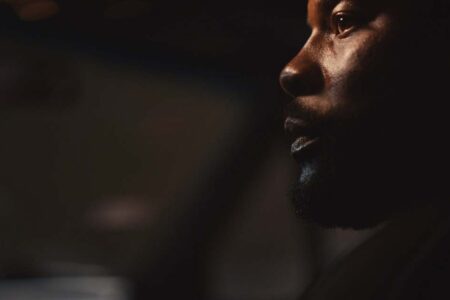
This is where the film does its most important work. To Live and Die and Live unpacks the intersection of masculinity, grief, and addressing mental health in the Black community. It challenges a cultural script where Black men are taught from early on that strength means silence, isolation, and self-sacrifice. It dares to ask: What if true strength is not about holding it together? What if real courage is letting yourself break and choosing to rebuild anyway?
The film doesn’t just tell Muhammad’s story. It holds space for so many others like him. It dares to frame emotional vulnerability not as weakness, but as resistance. As a radical, life-affirming act. Because in a world that often expects Black men to be protectors, providers, and pillars of strength, admitting pain becomes revolutionary. This is the very essence of what it means to be emotionally vulnerable.
This message feels particularly urgent as we observe Men’s Mental Health Month in June. Too many Black men are surviving in silence, praised for being resilient while suffering alone. To Live and Die and Live insists that being human includes the right to feel, to fall apart, and to be loved through it. Healing doesn’t come from pretending you’re okay. It comes from being seen, held, and believed when you’re not.
Much of the vulnerability we see from Muhammad comes through his relationship with Asia, played by Skye P. Marshall. Their connection is immediate, messy, and raw. It is not a fairytale romance or the kind of relationship often labeled as “goals,” but something more grounded in timing and a mutual desire to not feel alone. Asia, too, is running from something. Beneath her carefree, party-girl exterior is a woman carrying her own silent, deeply troubling battle.
Together, they find fleeting moments of truth, intimacy, and clarity despite the conflict, chaos, misunderstandings, and tension. They are not saving each other, and it would be a stretch to say they are healing each other. But when things are good, there are glimpses of joy neither seems to fully access on their own. These moments create space for emotional connection and open up conversations about the complexity of life, grief, and what it means to truly live.
Their relationship is far from perfect. Often, it is fueled by escapism and addiction. But within the mess, there is a kind of honesty that feels rare. Their connection becomes a mirror, reflecting both their pain and their potential. It shows us that vulnerability in a relationship does not always come wrapped in the right words or with the perfect partner. Sometimes, it simply depends on the timing and on when we are willing to let someone in. This is part of learning how to build trust in a relationship, even when we don’t yet trust ourselves.
To Live and Die and Live is not a love story in the traditional sense. There is no sweeping romance or grand commentary on Black love, but love and self-love are present throughout the film in quieter, more profound ways. It shows up in familial ties, friendships, and community. We see it in the way Muhammad tries to protect and provide for his family, in how his sister Iman steps in when she notices something is wrong, and in the way a friend puts himself on the line for him. Most importantly, we see it in Muhammad’s slow, painful journey back to self-love.
We do not often see movies about loving yourself portrayed with such rawness. Healing, as this film reminds us, is not linear. It is not a clean or convenient process. Sometimes you do not want to open yourself to it. Sometimes you push people away when they try to help. Sometimes you carry the weight of others while pretending you have it all figured out. Healing is messy. It is relapsing, making mistakes, and sitting with shame and grief. It is deeply uncomfortable. But somewhere in that mess is the first step forward: letting go of the performance of strength and daring to be vulnerable.
The film does not villainize addiction, even though we see the pain it causes. Instead, it contextualizes it. It asks us to consider how we cope. Coping is not always about substances. Sometimes it looks like overworking. Sometimes it is caretaking to the point of self-neglect. Sometimes addiction hides in ambition, where chasing success becomes a way to avoid silence. These are not moral failures. They are survival strategies that come at a cost.

So much of Black love, particularly among men, has historically been rooted in survival: enduring, providing, pushing through. But To Live and Die and Live insists that we are allowed more. We are allowed softness. We are allowed peace. We are allowed to feel, to break down, to rest. We are allowed to live beyond the framework of survival — and beyond stereotypes about Black people that define strength as stoicism and pain as private.
That is why this film feels more than just a story. It is a mirror, a meditation, and ultimately, an invitation. Wherever you are in your journey, take a moment to reflect:
- Are you surviving, or are you truly living?
- Are you coping, or are you healing?
- Are you just performing well, or are you actually present?
- And perhaps most importantly: Are you ready to believe that you deserve rest, love, and wholeness, not because you earned it, but simply because you exist?
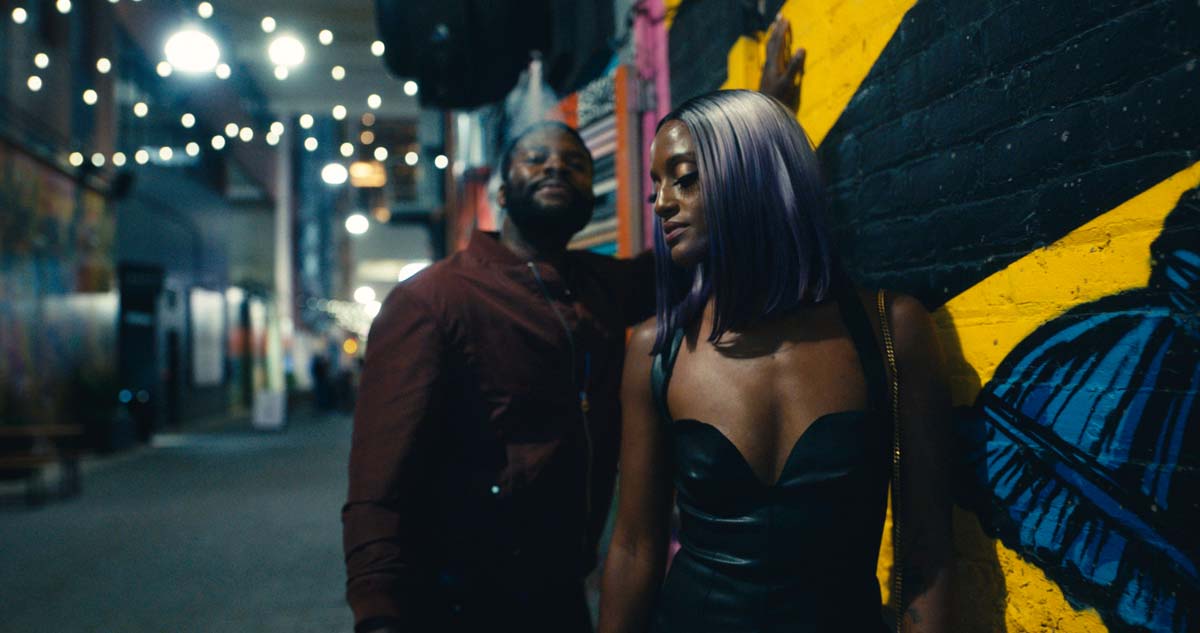
To watch the trailer and to see showtimes, go to the film’s website here: https://tolivethefilm.com/
Related Articles
Explore Michelle Obama's raw honesty about adapting to life as empty nesters and its impact on Black love.
Explore how 'The Chi's' end brings insights into love and community growth. Discover lessons Black couples can embrace.
Explore Marlon West's story and learn how music shapes Black love, relationships, and growth.
Featured Articles
Celebrate their marriage and partnership with the release of the documentary “Time II: Unfinished Business”
Tyler Lepley shows the beauty of Black fatherhood, blended family life with Miracle Watts, & raising his three children in this Father Noir spotlight.
Black Love caught up with Justin and Patrice Brim to delve deeper into their journey, unpack their inspirations, and discover what lies ahead for the incredible duo.
The Smurfs are back July 18—and Couch Conversations for Two is celebrating with a heartwarming episode.
Is the “mama’s boy” misunderstood? One writer breaks down how raising her sons has reshaped her thoughts on the complicated term.
When Elitia and Cullen Mattox found each other, they decided that they wanted their new relationship together, their union, to be healthier and different.

